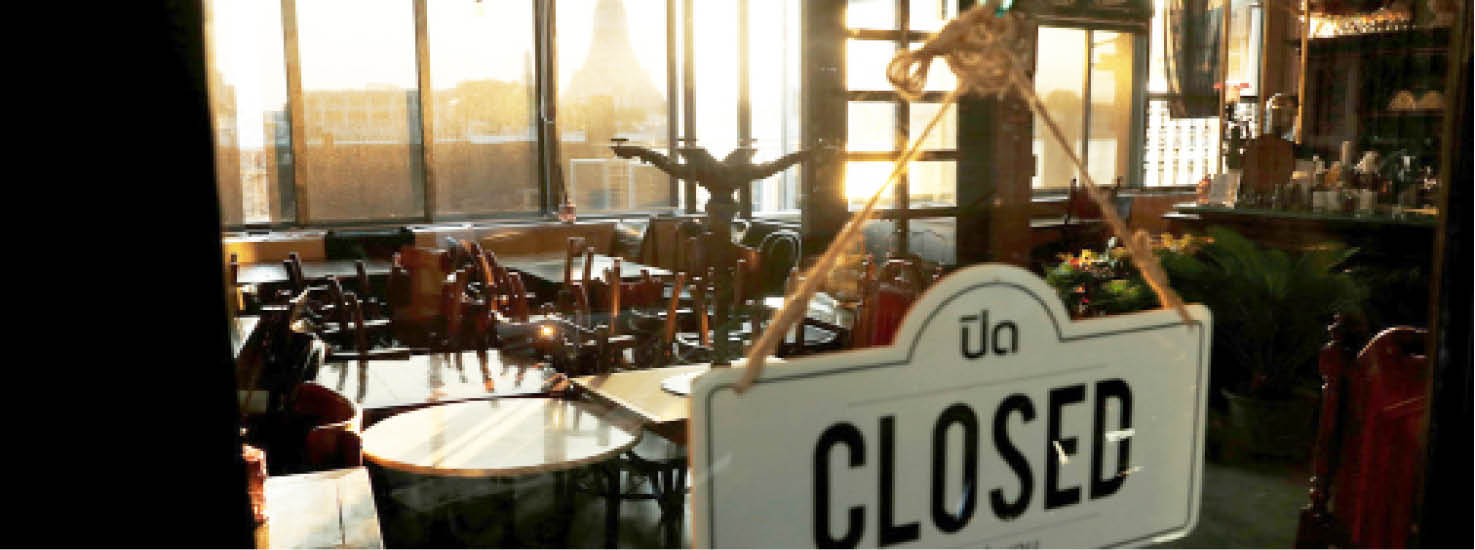Here’s what I learned, and what my dad told us
Dear Nele, Johan and Peter,
We spent another week in isolation. I know it’s hard for everyone, and for Maxim and Miles (the grandchildren) especially. When you came by our house this week before you went to feed the ponies, the boys were saying: “We want to come in.” It was very frustrating for them – and for us – that they couldn’t come in after such a long time. But we all laughed at the solution we found: that we would wave at Maxim and Miles from the window on the second floor, and that grandma also went to the ponies but the children stayed behind the fence. We loved seeing each other!
Now, it’s clear that, despite everyone hoping for an end to the lockdown, this is not something we can expect yet.
I know a lot of people are still saying that the public health reaction we’re seeing is exaggerated, or that we must go back to work. But I don’t agree at all. Around the world, the intensive care units of hospitals are filled with people with the same disease and symptoms, namely an acute respiratory disease. That’s not normal. Some people minimize this. They say there are other coronaviruses around, and that much is true. But this novel one, COVID-19, is highly infectious, and leads to very severe illnesses and many deaths. We can’t minimize this.
This is still a public health crisis.
To understand this, look again at the numbers from Worldometer. It starts with good news. By now, in most of Europe, the number of new cases seems to be flattening, as lockdowns have been in effect for two weeks or more. In Belgium the daily cases are around 1,500, in Switzerland about 1,000, and in Spain and Italy about 5,000. In the US, the curve is still going up.
But to understand why ending the lockdown isn’t possible yet, you should look at some other numbers: namely, the “active” cases and the “severe or critical” cases. Those are the people in the hospitals needing intensive care, and their number is still increasing significantly. As long as they are going up, hospitals are over capacity, and we shouldn’t expect measures to be relaxed: it would mean risking many more deaths.
You can drill down these numbers for any country to understand the situation better. For the United States, for example, the data tell us the worst is yet to come. You see a high number of cases for the US these days, around 15,000 to 20,000 new cases per day, but so far, relatively few dead and severely ill. But the epidemic there started in earnest much later, so you can expect that there will be an explosion of severely ill and dead in the next few weeks.
The first symptoms typically come after about seven days and, in the next week, people that have symptoms can become severely ill. So many of those infected in the past week will only become severely ill in the coming days, and need treatment. The idea that reopening their country by Easter is feasible, is even less realistic than in Europe. (And in Europe, I wouldn’t expect a return to normal for months).
There is, however, hope and progress on the horizon. To get to a fundamental solution, we need first and foremost to test more people, and that’s now increasingly happening all over the world.
In Belgium, testing will increase five-fold from 2,000 a day to 10,000. In Germany, as many as 500,000 people are now being tested per week. And in the US, more tests are becoming available, although until recently only very few were being tested. That’s crucial, because when we test more, we’ll understand the disease better, including how it spreads and who spreads it. Right now we still only know quite little about this disease, as it started less than three months ago. But the more tests we do, and the more people we can track, the more evidence-based insights virologists and epidemiologists will gather, and the more governments can fine-tune measures to get back to work and school.
It should be possible to scale the tests further, though it is not simple and not fun. You know how the test works? You have to go deep inside the nose and the throat, to collect the specimen required, and then you need to send the sample to a lab, where a device induces an RNA-based reaction. If the reaction happens, you’re positive. The actual test takes a few hours, but the whole process can last up to 72 hours, depending on the efficiency of the logistics.
A new test is being developed, and it takes less time: it doesn’t require testers to go into the nose and throat, or to induce the RNA reaction. But it looks like it will miss 40% of the positives, and that’s not acceptable at this point. So in reality, we can’t yet do tests on every person, every week, for example, to get them to work. It’s too early for that. Getting back to normal life, therefore, isn’t possible for another few months. We better prepare for that.
Of course, there is now also an economic crisis, but I would add, there is an educational crisis too. Children, like Maxim and Miles, are being suspected of being so-called “asymptomatic spreaders”, and even “super-spreaders”. But, as a scientist, I should make clear: this is still an assumption. I have not seen any evidence that children play an important role in the spread of the virus in scientific studies. Of course, that doesn’t mean they don’t. It just means there is no evidence yet.
It is clear that children can get infected, few get sick, but one important question is, if they are infected, how much virus do they produce, and is that enough to infect others? The truth is, we don’t know. What you could do is look how many teachers have been infected, because they spend more time with children. That’s not easy, as their social life can’t be isolated from their teaching role. But that would be what’s needed to find out what the role of children is.
So what should we do? If everyone goes back to work as soon as the “curve bends downwards”, it’s guaranteed you’ll get a second wave of infections. So my suggestion would be to send children back to school first, as soon as the number of new infections has come down a lot, on condition that their parents have not been ill recently.
From a health perspective, there are less health risks for children, and also for teachers, on condition that they are careful. That way the pressure on parents and grandparents is relieved. Parents could work more productively again, even if they work from home. Right now, they’re at home and have to work as well as homeschool. That clearly can’t work for a longer time. If we can already ensure that parents, like you Nele, are able to work well from home, that would already improve productivity.
As a next step, when the epidemic is well controlled, you could look at opening workplaces again, if they can be redesigned to accommodate for social distancing.
It’s clear that this virus is a very infectious one, so that will be a crucial element. In China, I saw an example of workers in a factory, sitting on stools two metres apart while having their lunch break. That doesn’t look like a lot of fun, but it is a way of getting up and running again. It certainly is pretty unrealistic to organize any mass events for the next six months. But you could, in a few weeks, try to open restaurants and stores, but then in a way that people keep their social distance. Because those people who have restaurants, like your friend Tom, they’re drowning. It may mean for Tom that he can only receive one third of his usual clientele, but at least he could open again.
As for me, I’m as busy as I ever was post-retirement. I’m starting to review more and more papers on COVID-19. Many of my “frontline colleagues” don’t have time for that, so I send some 60 to 70 colleagues from around the world – Belgium, France, Uganda, China – summaries of my findings.
Have a good week,
Dad (Guido Vanham)
This article is part of the COVID Action Platform for Media, a coalition of over 20 media from around the world. The Platform aims to create meaningful and constructive content on the COVID pandemic, and syndicates it through its media partners

 Join Daily Trust WhatsApp Community For Quick Access To News and Happenings Around You.
Join Daily Trust WhatsApp Community For Quick Access To News and Happenings Around You.


